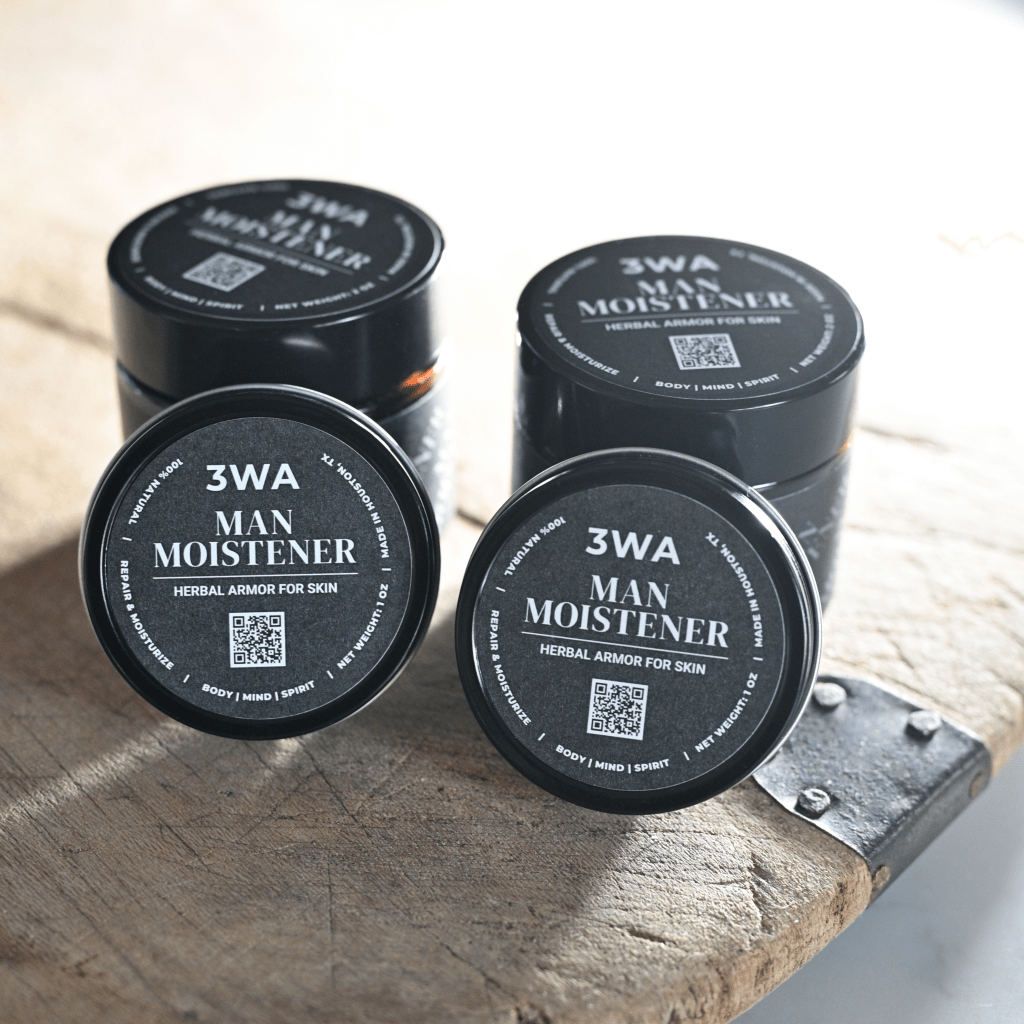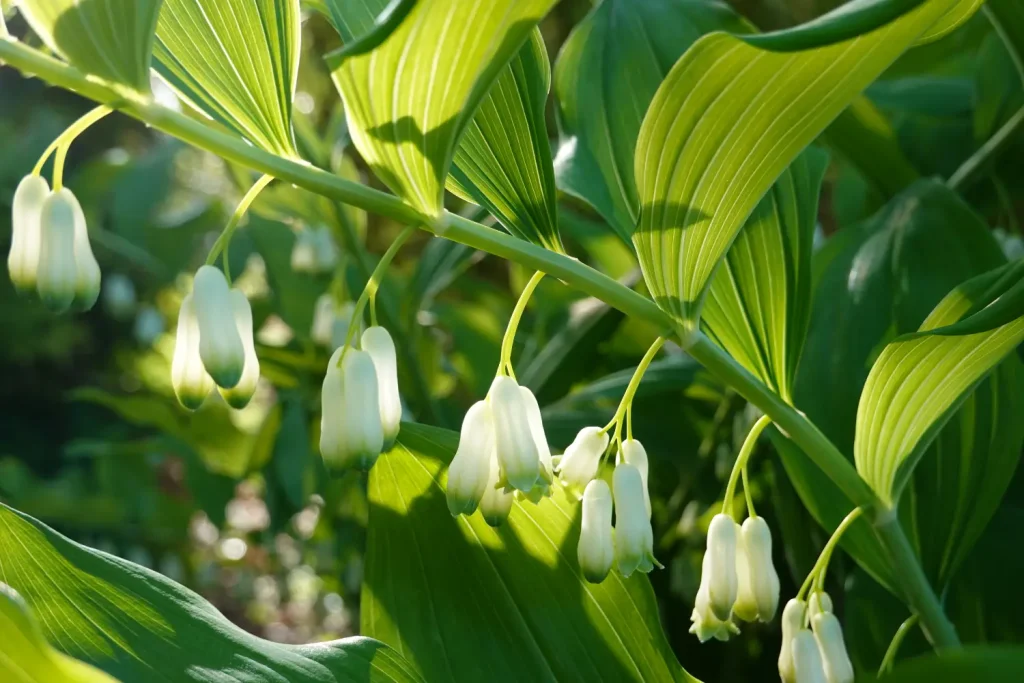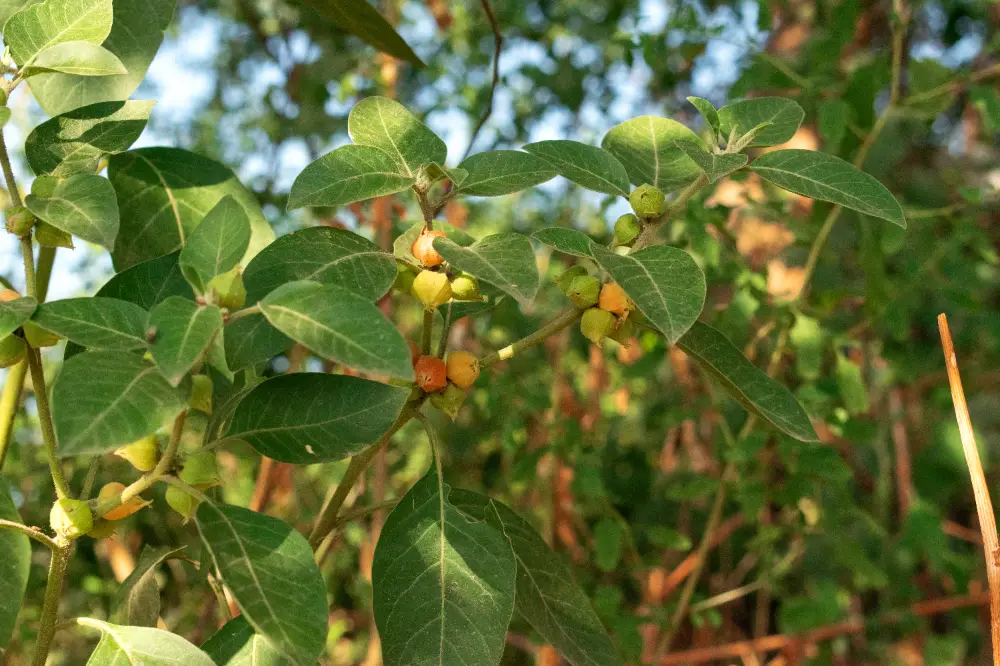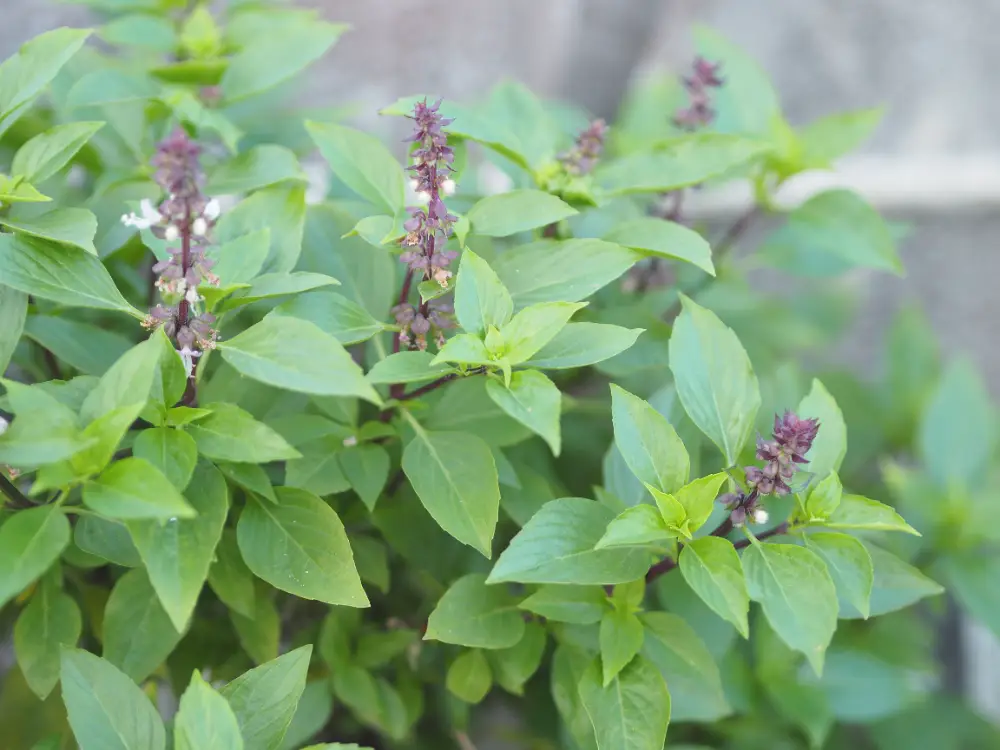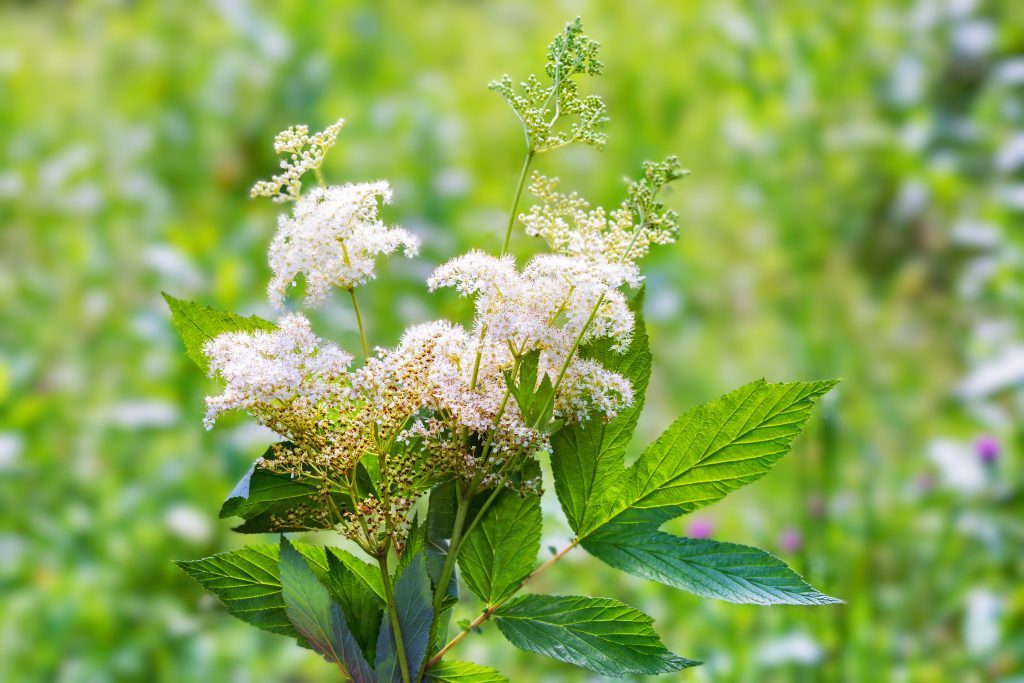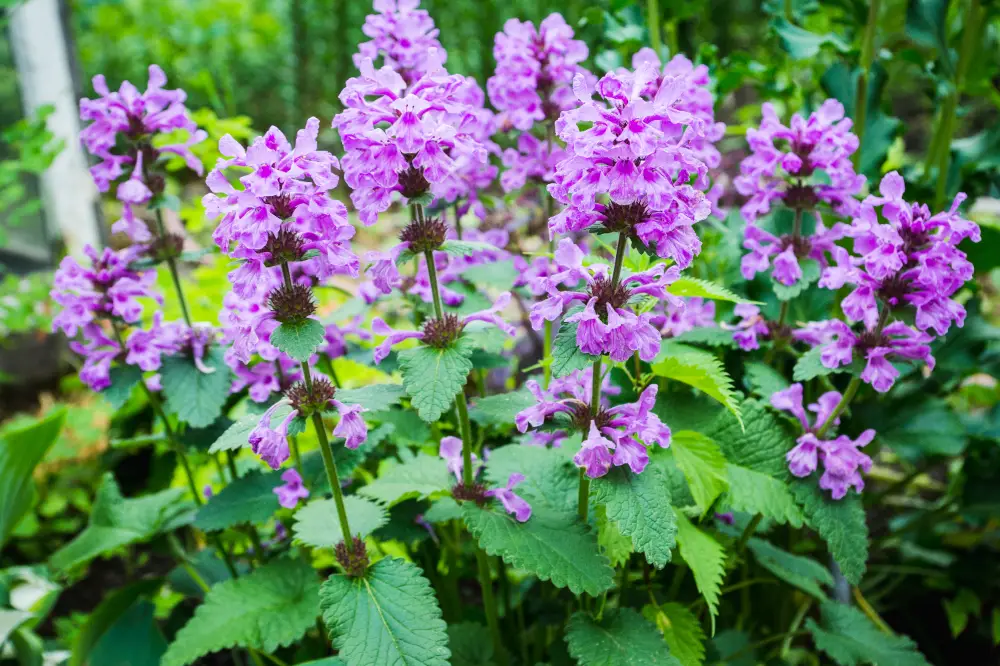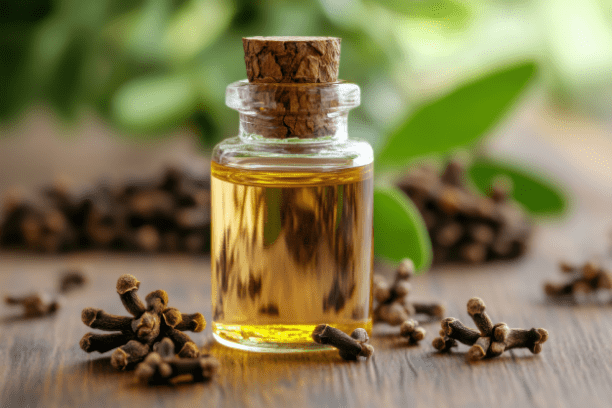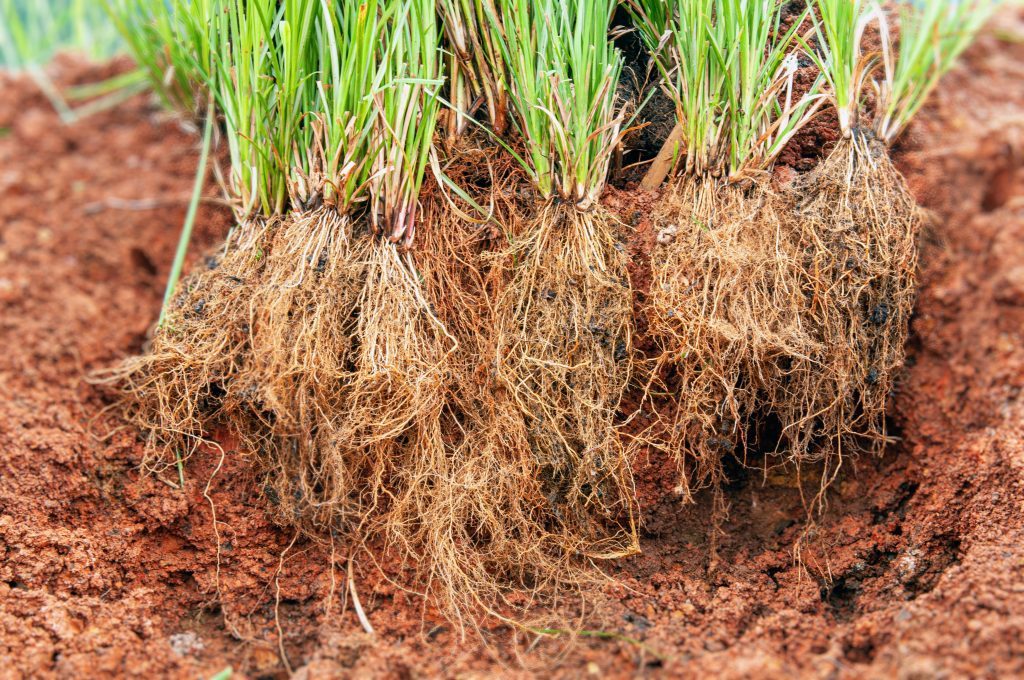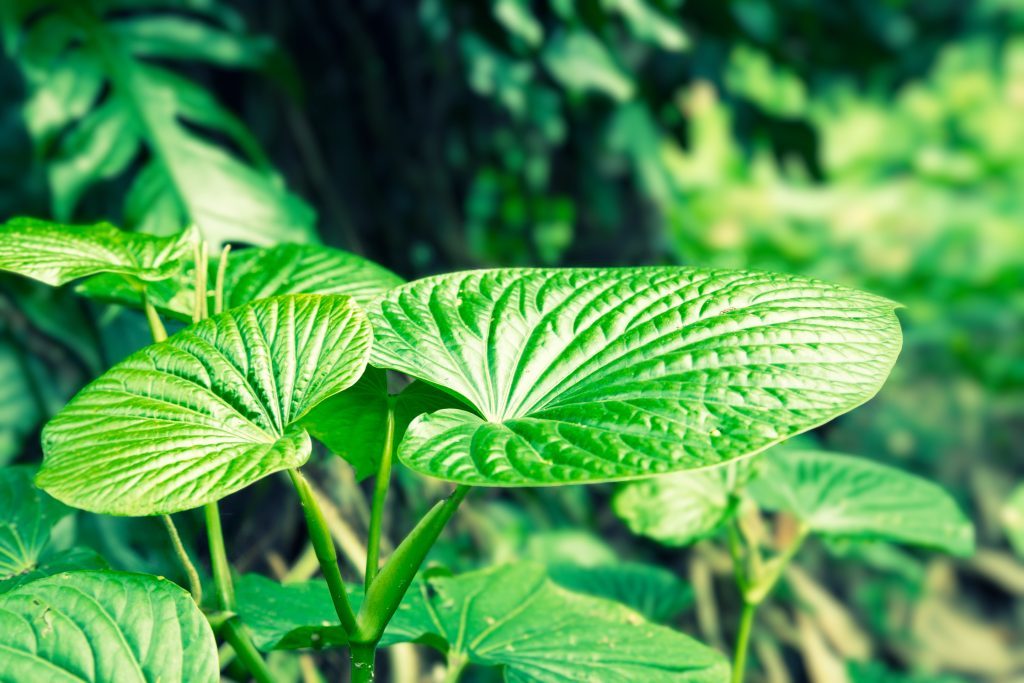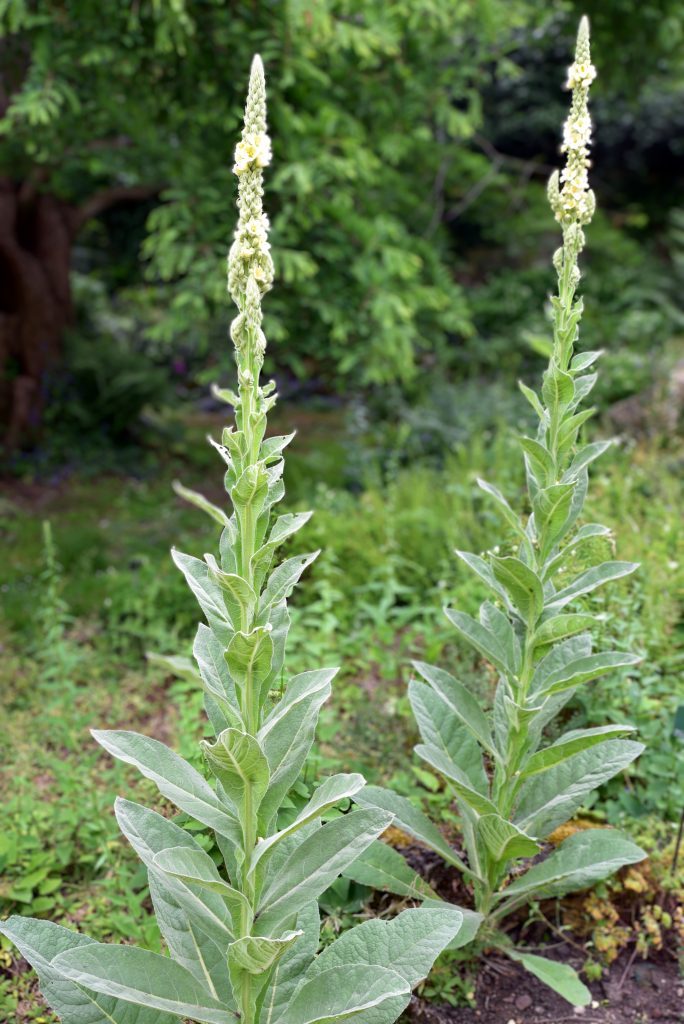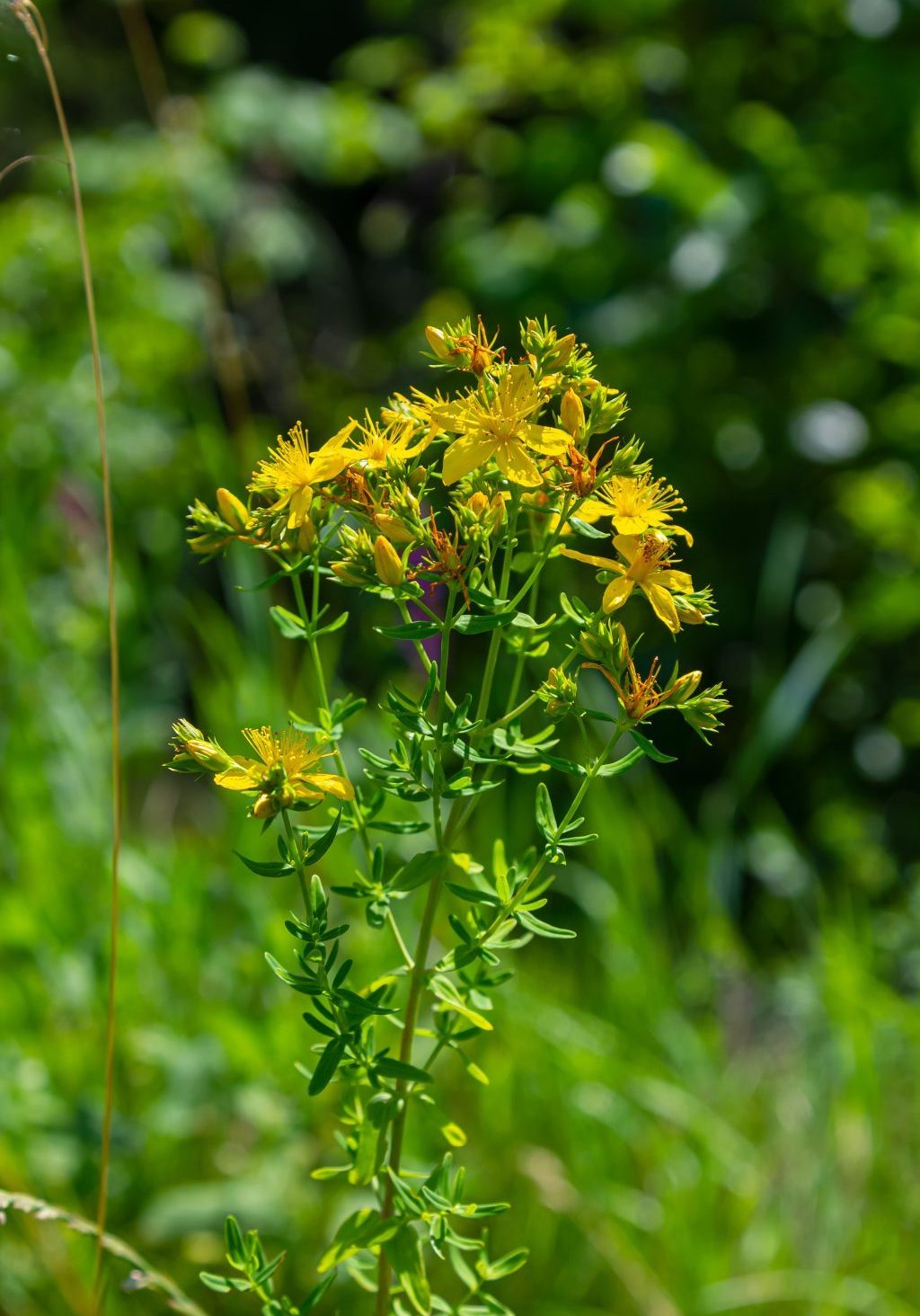
St. John’s Wort
Hypericum perforatum
Hypericaceae (St. John’s Wort family)
Healing Wounds, Lifting the Spirit, and Protecting the Mind.
Other names:
St. John’s Wort, Klamath Weed, Goatweed, Tipton’s Weed.
Superpower
The ultimate wound healer and protector of the mind, St. John’s Wort’s superpower lies in its ability to lift the spirit, heal wounds, and restore emotional balance.
Uses
Historical Uses:
Hypericum perforatum has been used for centuries, particularly in European folk medicine, for its ability to heal wounds, treat nerve pain, and ward off evil spirits. In ancient times, it was associated with St. John the Baptist, as it typically blooms around his feast day, and was often used in rituals to protect against negative forces. It was also used for its ability to relieve melancholia and treat burns and cuts when applied topically.
Current Uses:
- Mood support: Today, St. John’s Wort is widely used as an herbal antidepressant to help with mild to moderate depression, anxiety, and seasonal affective disorder.
- Wound healing: Applied topically, it is an effective vulnerary for treating cuts, bruises, burns, and inflammation. The infused oil is particularly prized for its ability to heal damaged tissues and relieve pain.
- Nerve pain: It is often used for nerve-related pain, such as sciatica, neuralgia, and shingles, due to its ability to soothe inflamed nerves.
- Antiviral: St. John’s Wort has been shown to have antiviral properties, making it useful in treating viral infections like herpes and cold sores.
- Liver detox: Though less commonly discussed, St. John’s Wort can support liver health by helping the body detoxify and promote bile production.
Cautions
Toxicity: St. John’s Wort should not be stopped suddenly, as this may cause digestive upset, allergic skin reactions, restlessness, dizziness, insomnia, slow heart rate (bradycardia), palpitations, and changes in hormone levels such as ACTH and TSH, as well as blood sugar levels. Additionally, it may cause serotonin syndrome symptoms such as agitation, delirium, sweating, increased heart rate, and weakness.
Photosensitivity: Fair-skinned individuals may experience increased sensitivity to sunlight and should avoid prolonged sun exposure while taking this herb.
Contraindications: Avoid use during pregnancy and breastfeeding. Use with caution if you have a history of mania, suicidal thoughts, bleeding disorders, liver disease, or seizures.
Interactions: St. John’s Wort should not be combined with SSRIs due to the risk of serotonin syndrome, although it can be used with antidepressants under professional supervision at low doses. It reduces the effectiveness of many medications, including oral contraceptives, HIV medications, immunosuppressants, blood thinners, digoxin, and statins, due to its effect on the liver enzyme CYP3A4. It may also interfere with the absorption of zinc and iron from food. These interactions are typically only a concern at doses above 2g/day.
Known Chemical Constituents
Naphthodianthrones: Hypericin, pseudohypericin, isohyperforin, protohypericin – these compounds contribute to St. John’s Wort’s antidepressant and antiviral effects.
Flavonoids: Proanthocyanidins, oligomeric procyanidins, hyperoside, hyperiforin, quercetin, rutin – provide antioxidant, anti-inflammatory, and wound-healing properties.
Phloroglucins: Hyperforin and zanthones, which are crucial for its mood-stabilizing effects.
Phenylpropanoids: Contribute to the plant’s anti-inflammatory and immune-modulating actions.
Volatile oils: Includes cineole, which adds to its calming and aromatic properties.
Carotenoids: Important for antioxidant effects, protecting tissues from oxidative stress.
Melatonin: Found in the seeds, supports sleep regulation and circadian rhythm balance.
Tannins: Contribute to the astringent and wound-healing properties.
Phenolic acids: Caffeic acid and chlorogenic acid, known for their antioxidant and anti-inflammatory benefits.
Botanical Description
Features yellow flowers with noticeable black dots on its petals and leaves that appear perforated when held up to light.
Fun Facts
St. John’s Wort flowers turns a vibrant red color during the infusion process, which led to its association with St. John the Baptist. It was believed that the red oil symbolized the blood of St. John and was used in rituals for protection and healing. The plant has also been called “the blood of Christ” because of this striking red oil.
Parts Used
Aerial (flowering tops)
Harvest
Timing: St. John’s Wort is best harvested when it is in full bloom, typically around late June near the time of the Summer Solstice. The flowers are at their most potent at this time and are rich in medicinal compounds.
Method: Harvest the upper aerial parts, including the flowers, buds, and leaves, by cutting them with sharp scissors or a knife. Be careful to avoid uprooting the plant to ensure regrowth.
Storage: Dry the harvested parts in a well-ventilated, shady place to preserve their potency. Once dried, store them in an airtight container in a cool, dark place. The dried herb can be used for up to one year.
Preparations
Teas and Infusions:
- St. John’s Wort can be prepared as a tea or infusion using the dried flowers and leaves. It is commonly used to support mood, soothe nerve pain, and promote emotional balance. Steep for 10-15 minutes in hot water.
Tinctures:
- Tinctures made from the fresh flowers and leaves are potent for addressing anxiety, mild depression, and nerve-related pain. A tincture offers a quick and effective way to lift the spirit and calm the nervous system.
Infused Oils:
- St. John’s Wort oil is made by infusing the flowers in a carrier oil (such as olive oil) and is used topically for wound healing, bruises, burns, and nerve pain. The oil turns a distinctive red color during the infusion process due to the presence of hypericin.
Poultices:
- The fresh or dried flowers can be made into a poultice for wounds and bruises to promote healing and reduce inflammation.
Sacred Rituals
For a ritual of protection and emotional clarity, use St. John’s Wort oil or tea to cleanse your space and mind. As you sip the tea or apply the oil to your body, focus on releasing any negative energy or emotional blockages. Visualize the bright yellow flowers of St. John’s Wort filling your body with light, creating a protective shield around you. This ritual is especially potent during the Summer Solstice or New Moon, symbolizing renewal and strength.
Affirmations
“I am protected by light and clarity. My mind and heart are strong, open, and free from negativity.”
Spiritual Associations
Calming the mind: Its ability to soothe the nerves makes it ideal for rituals focused on mental peace and emotional balance.
Functions
A substance or agent that reduces inflammation in the body, soothing irritation, swelling, or redness in tissues.
Antimicrobial
A substance or agent that inhibits the growth of or destroys microorganisms, including bacteria, viruses, fungi, and protozoa.
AstringentA substance or agent that causes contraction or tightening of tissues, often reducing secretions or bleeding.
Depression
Depression is a mental health condition characterized by persistent feelings of sadness, hopelessness, and a loss of interest or pleasure in activities, often accompanied by physical symptoms like fatigue, changes in appetite, or difficulty concentrating.
Nervine TonicA nervine tonic is a substance that nourishes, restores, and strengthens the nervous system, promoting long-term resilience and balance.
Nervous System HealthNervous system health refers to the overall functioning, balance, and well-being of the nervous system, which regulates the body’s communication, movement, and response to stimuli.
VulneraryA substance that promotes wound healing, helps repair damaged tissues, and aids in the recovery of cuts, scrapes, burns, or other skin injuries.
Wound HealingThe process by which the body repairs damaged tissue, involving multiple stages like inflammation, tissue formation, and remodeling to restore skin integrity.

